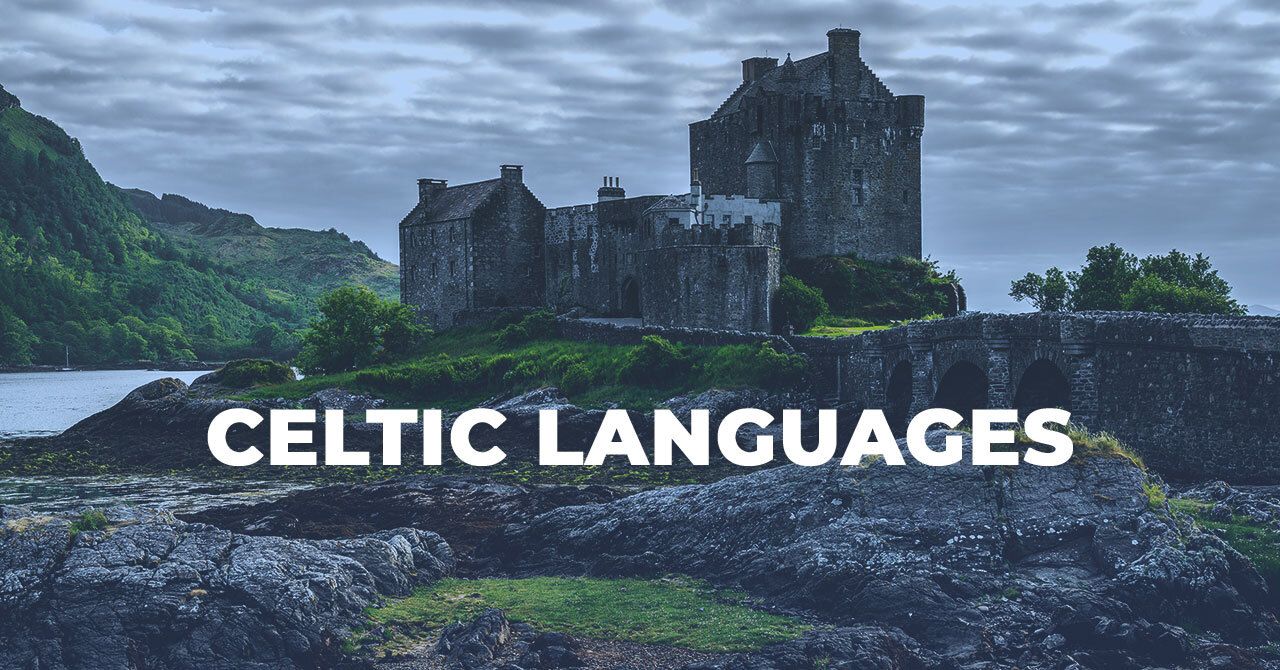
Which Celtic Languages Exist Today and Where to Find Them
Out of 16 different Celtic languages, only 6 of them have survived—Manx, Irish, Cornish, Breton, Welsh, and Scottish Gaelic.

Get a FREE guide!
Want to sound like a native English speaker?
Get our free PDF with top tips that work.

Check your email!
When it comes to the Celtic languages, a lot of people wonder if they are still spoken today and, if they are, where they can meet them. As one of the oldest spoken languages in Europe, it’s very surprising that there are still some regions where people prefer them or try to keep them alive.
Whether you’re interested in the history of these old Celtic languages or their modern usage, learning the most important things about them will help you appreciate them more.
Celtic Languages—Where Do They Come From?
The Celtic languages come from the Proto-Celtic language—one of the many branches of the Proto-Indo-European language. Even though they were first spoken in the central European region known as the ‘Hallstatt Zone,’ you can now find them only in the British Isles.
Out of 16 different Celtic languages, only 6 of them have survived—Manx, Irish, Cornish, Breton, Welsh, and Scottish Gaelic. Historians and linguists believe the main reason why most of them have become extinct is the Roman conquest of Europe.
The six surviving languages are divided into two groups, Gaelic languages consisting of Manx, Scots Gaelic, and Irish, and Brittonic languages consisting of Breton, Cornish, and Welsh. Even though they are not mutually intelligible, they still share some common elements.
Who speaks a Celtic language today?
Although the number of people speaking Celtic languages today is very small compared to the number of speakers in the past, it’s enough to keep them in living use. In fact, most Celtic language speakers are non-native speakers.
For instance, over 1.9 million people speak Irish today, but around 90% of them are non-native speakers of the language. The English language as a dominant language of their regions has wiped out many Celtic languages, so the remaining living ones are fighting to survive.
Where can you find people speaking a Celtic language today?
As the first official language of Ireland, Irish is mandatory in all primary and secondary schools. However, you can rarely hear someone using the language outside an educational context, except for the West of Ireland, a region along the Atlantic coast where native Irish speakers are.
When it comes to the Scottish Gaelic language, you can now find it in the Outer Hebrides. Although the language used to be widely spoken across Scotland, nowadays, only one percent of the population speaks it. Overall, there are more than 57,000 native and non-native Gaelic language speakers.
Manx was the dominant language of the Isle of Man before this region’s economic dependence on Britain. Today, you can find around 2,200 native and non-native speakers on the small island thanks to the language revival efforts in the past 50 years.
Even though Welsh is one of the two official languages in Wales, it started declining after the country became part of the United Kingdom. So today, there are at most 880,000 people speaking this Celtic language in Wales.
Breton is still used in continental Europe, or more exactly, on the French peninsula called Brittany. However, most speakers are seniors, so even though there are around 200,000 people speaking it today, it will probably die soon.
The Celtic language with the lowest number of native and non-native speakers today is Cornish. Namely, there are around 500 to 600 people that speak the language fluently, but there are communities trying to revive it.
















